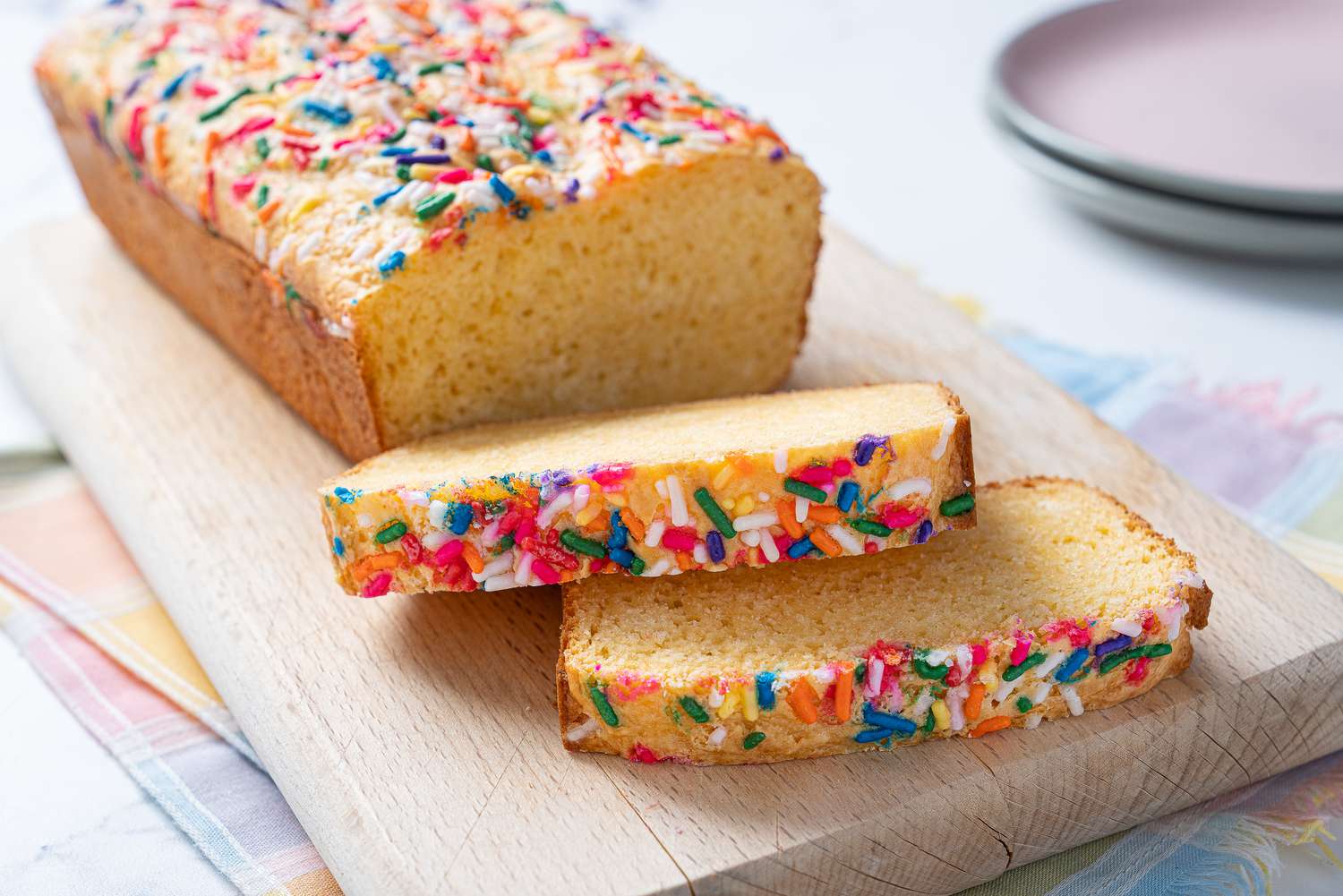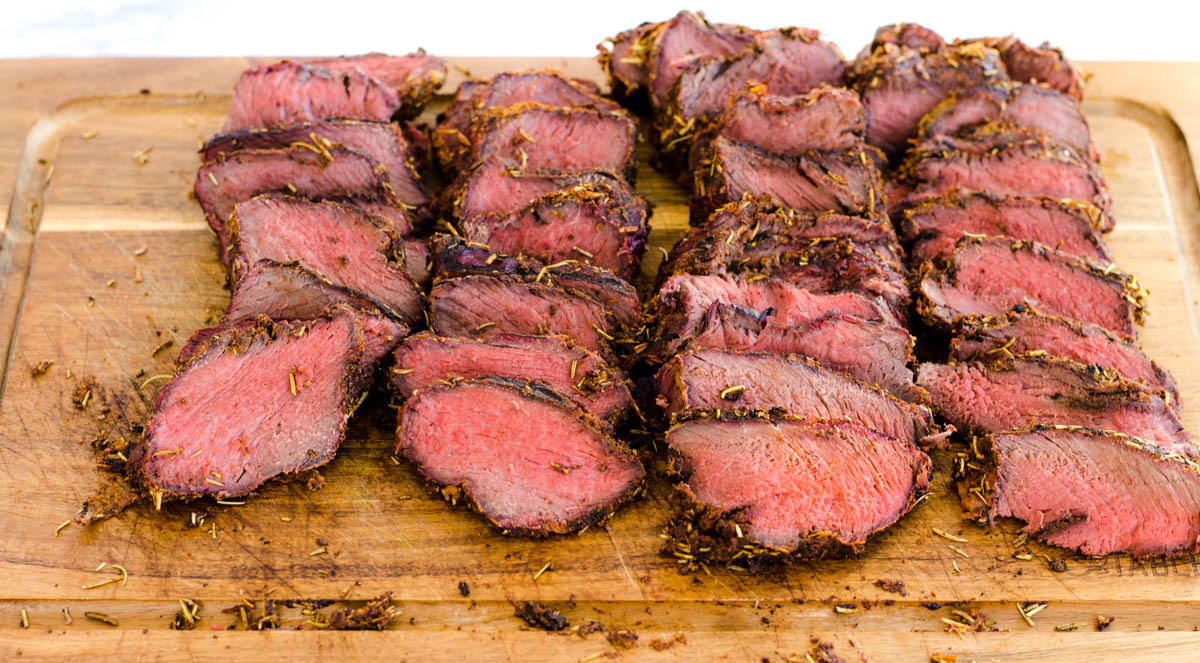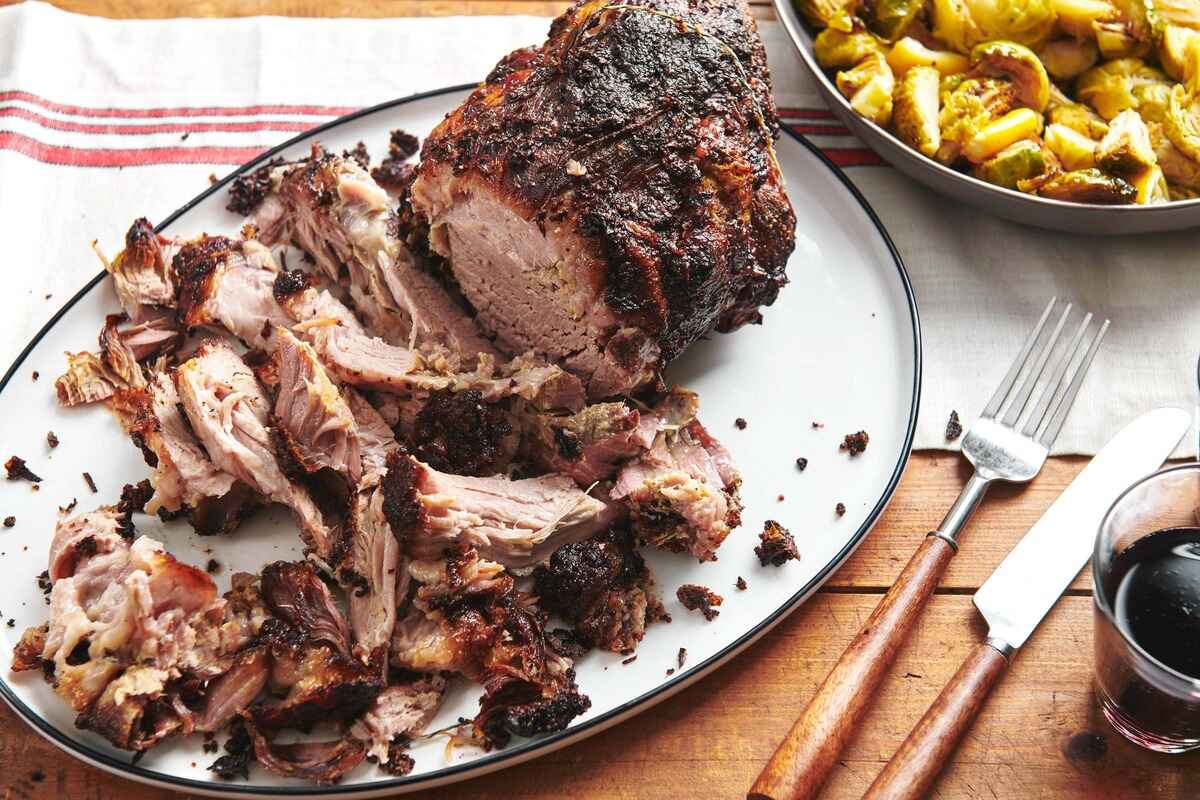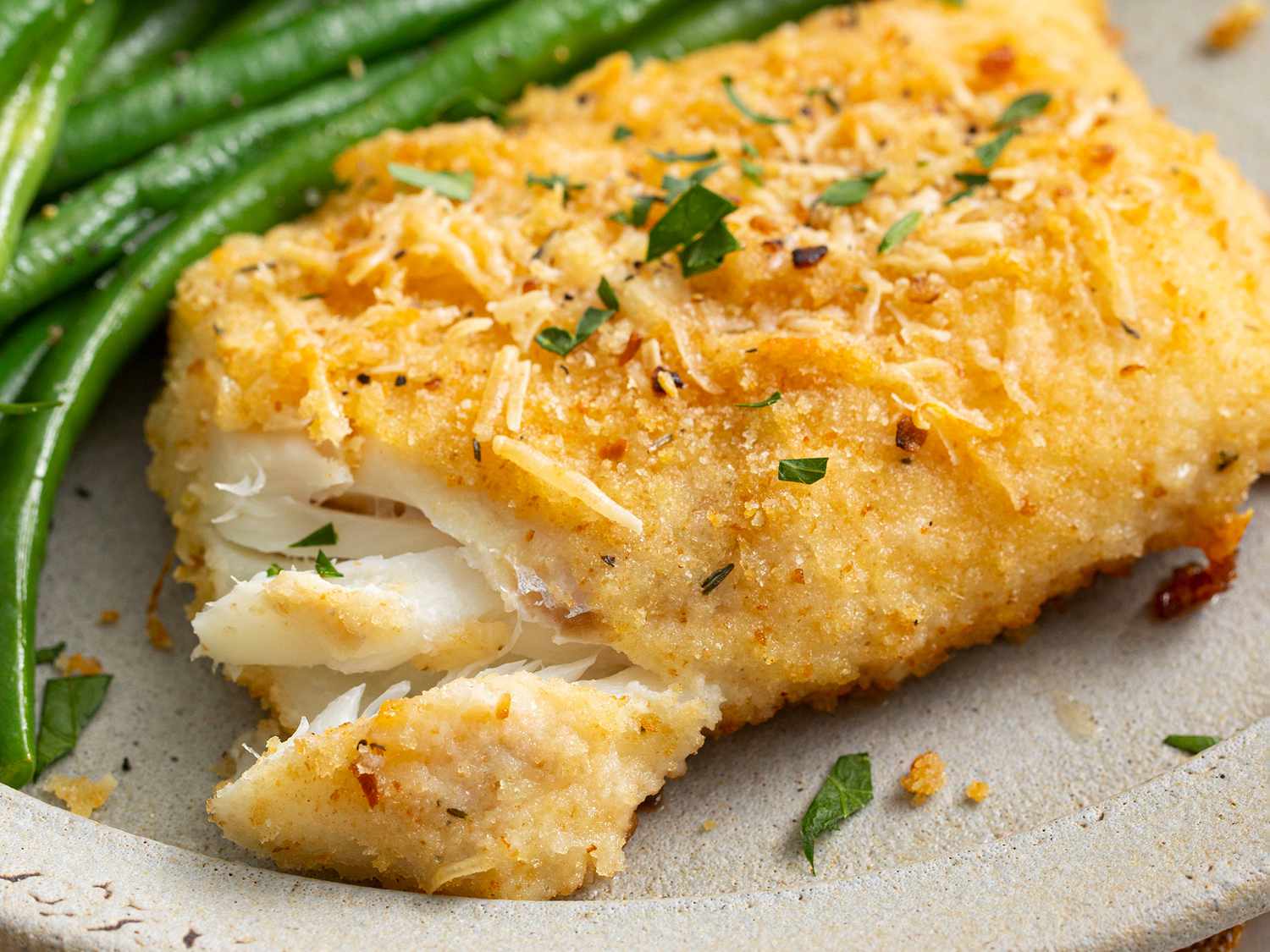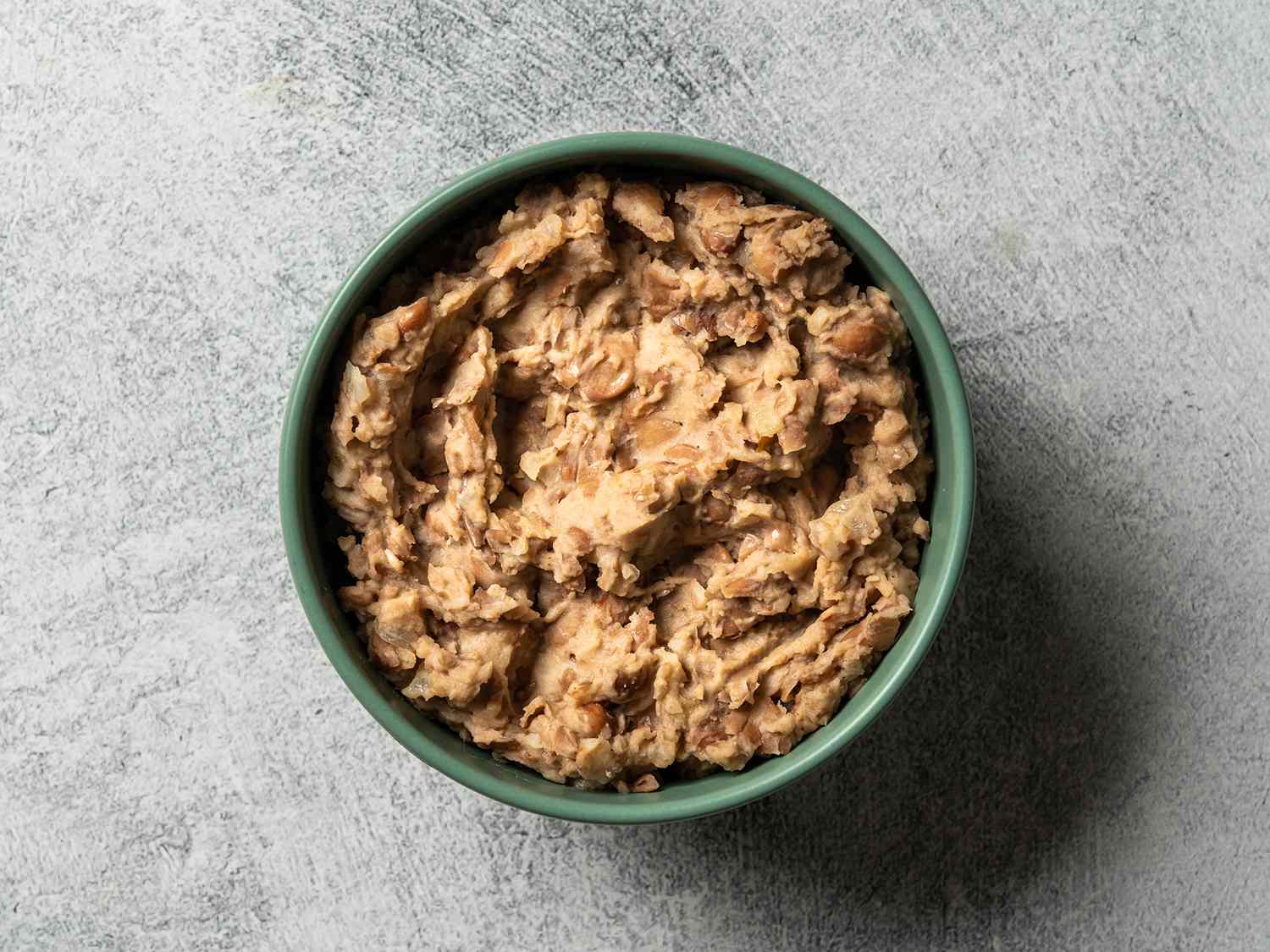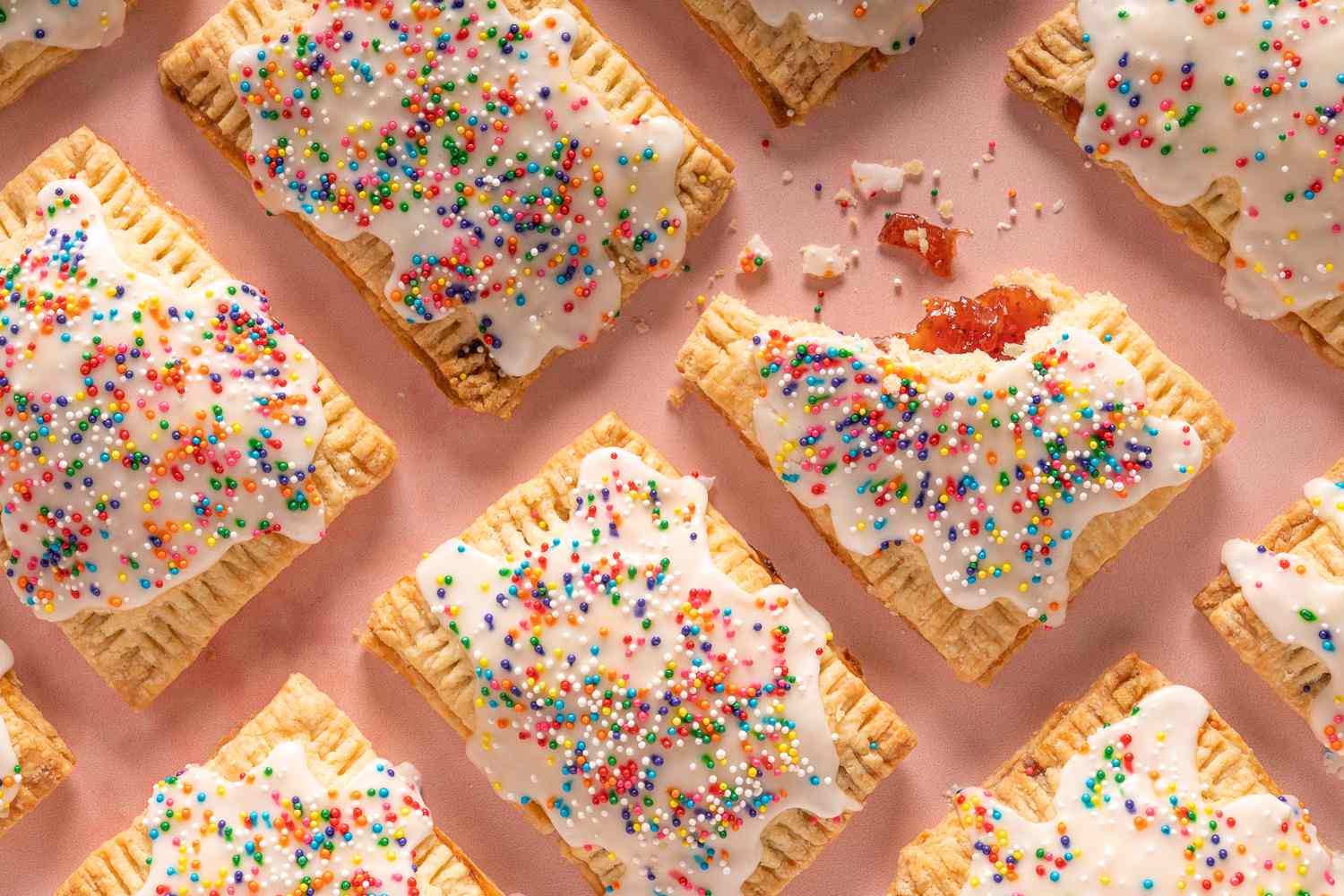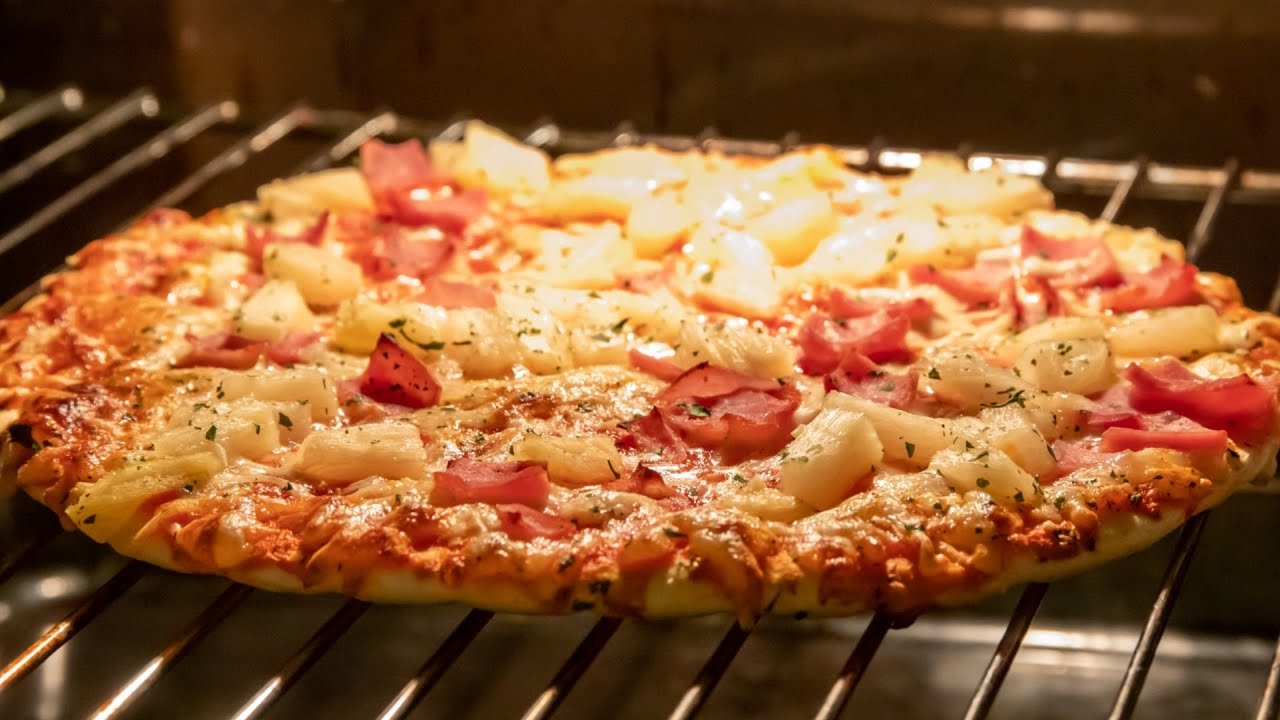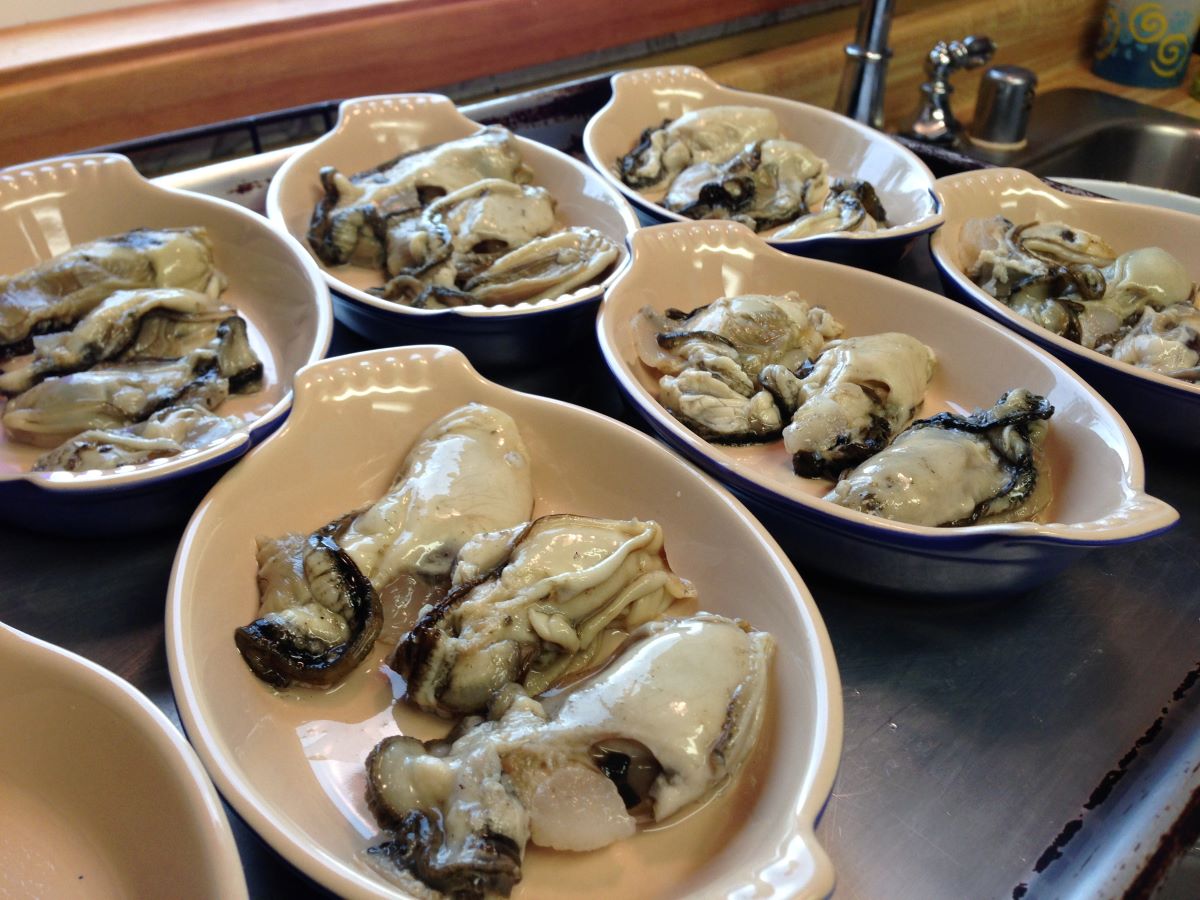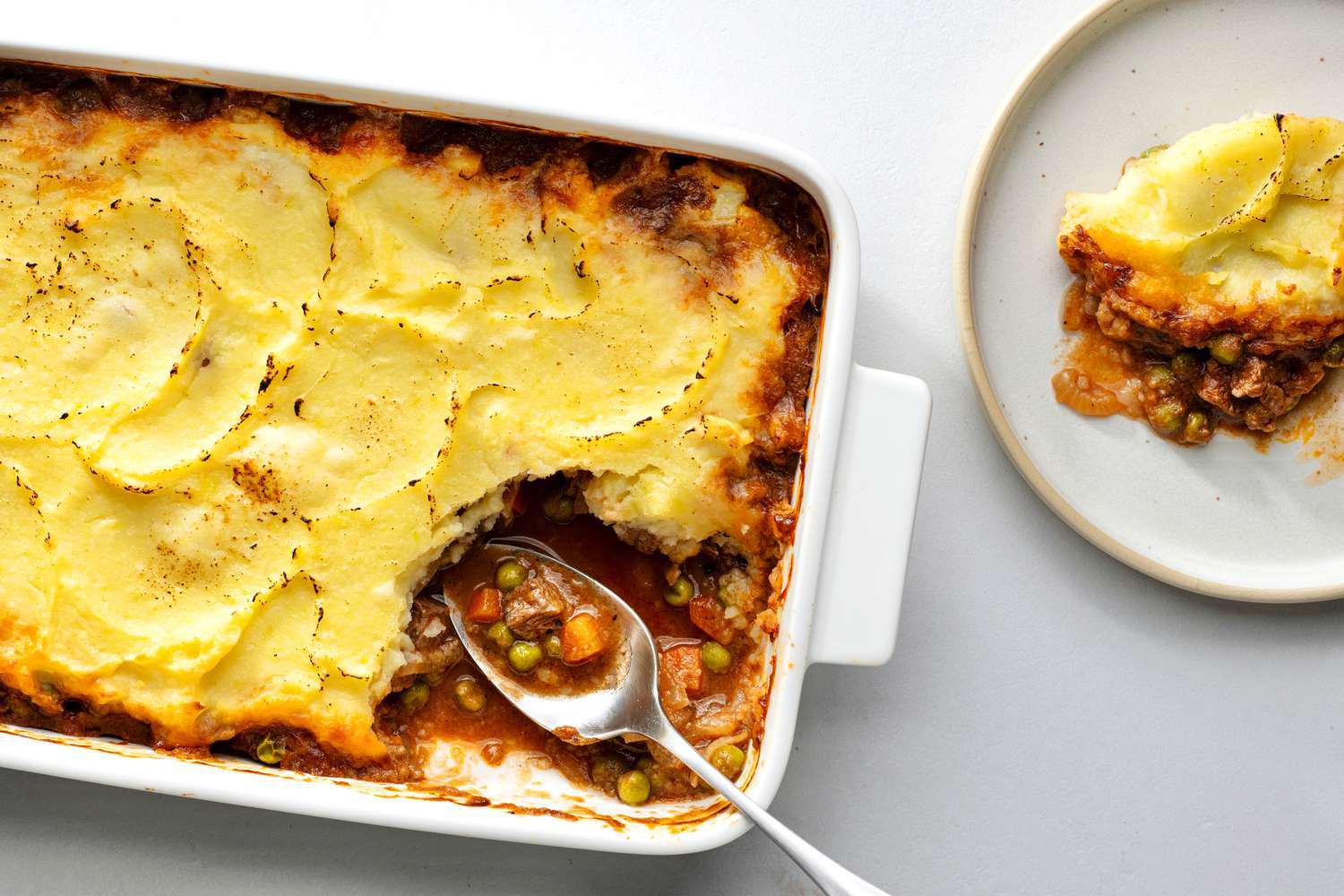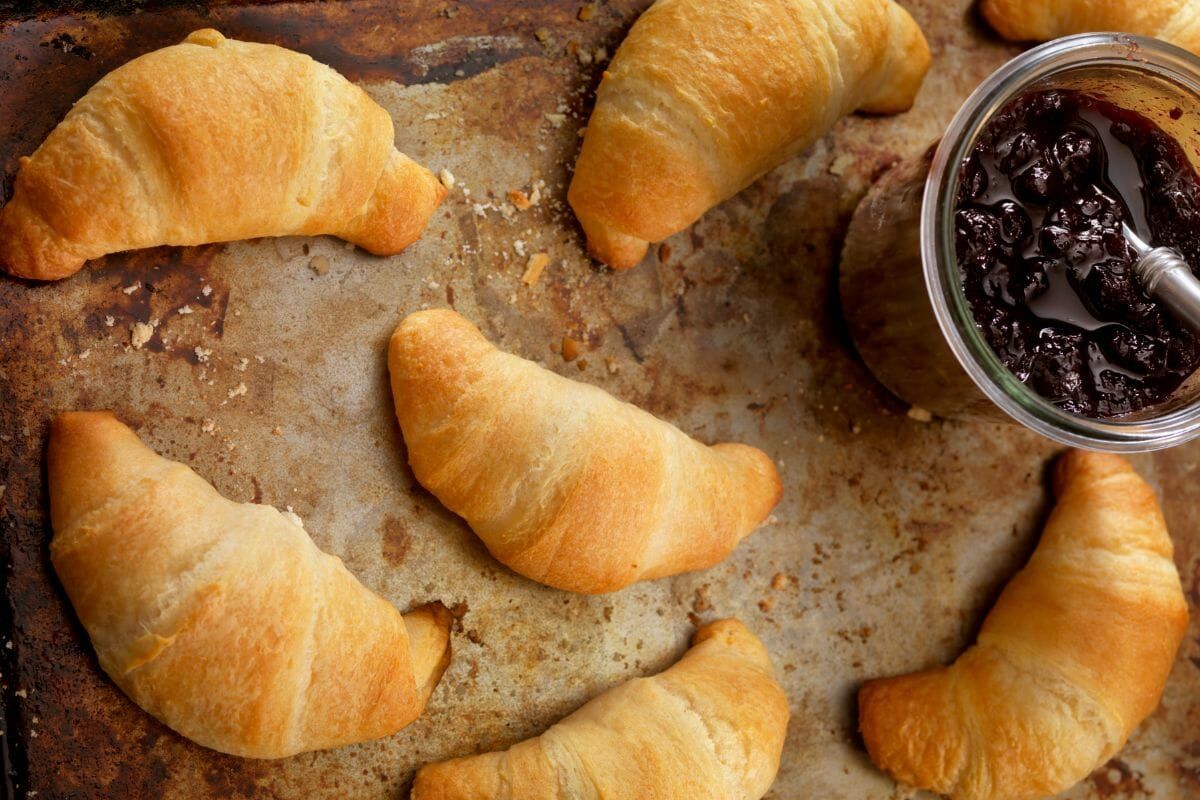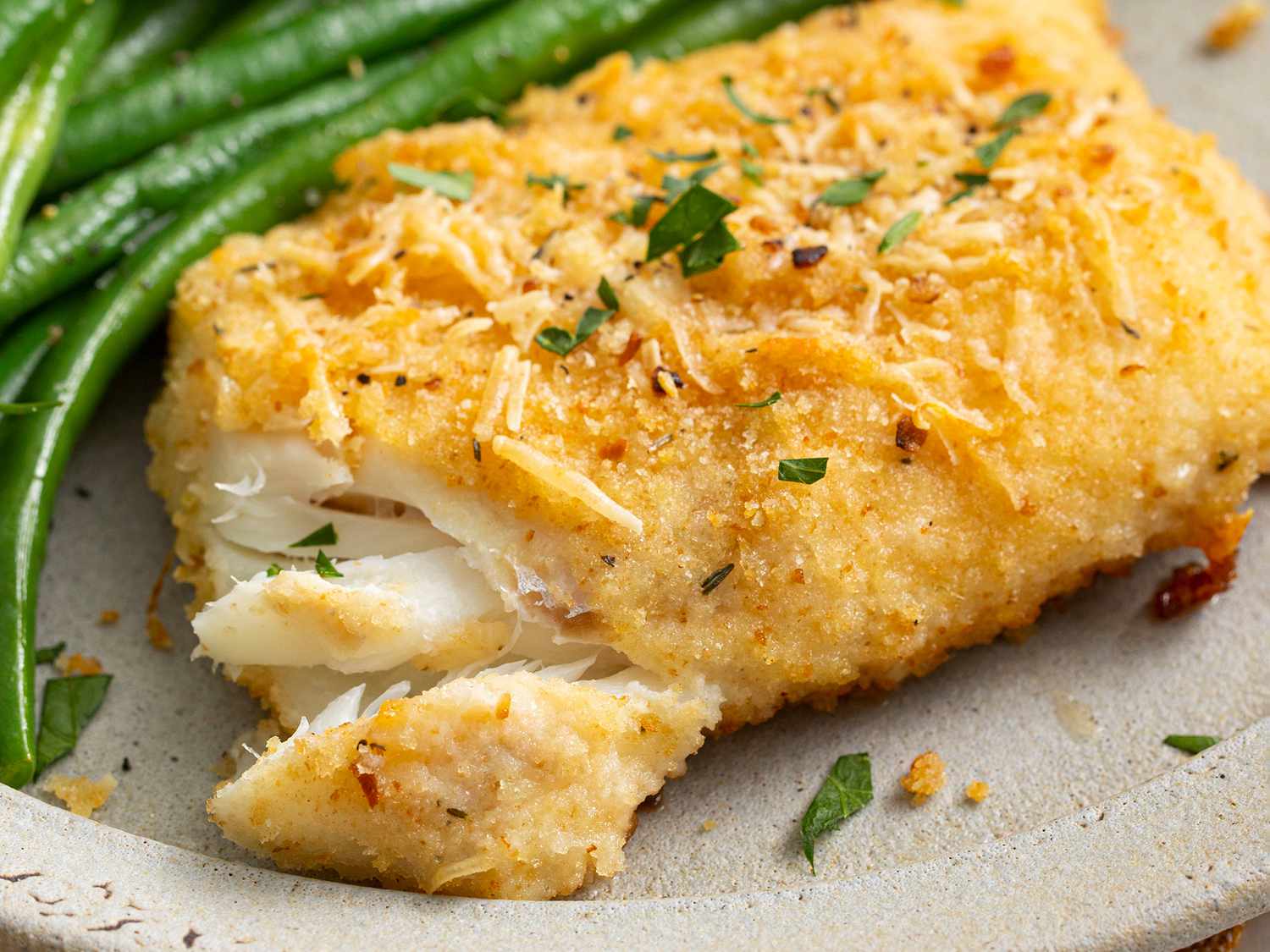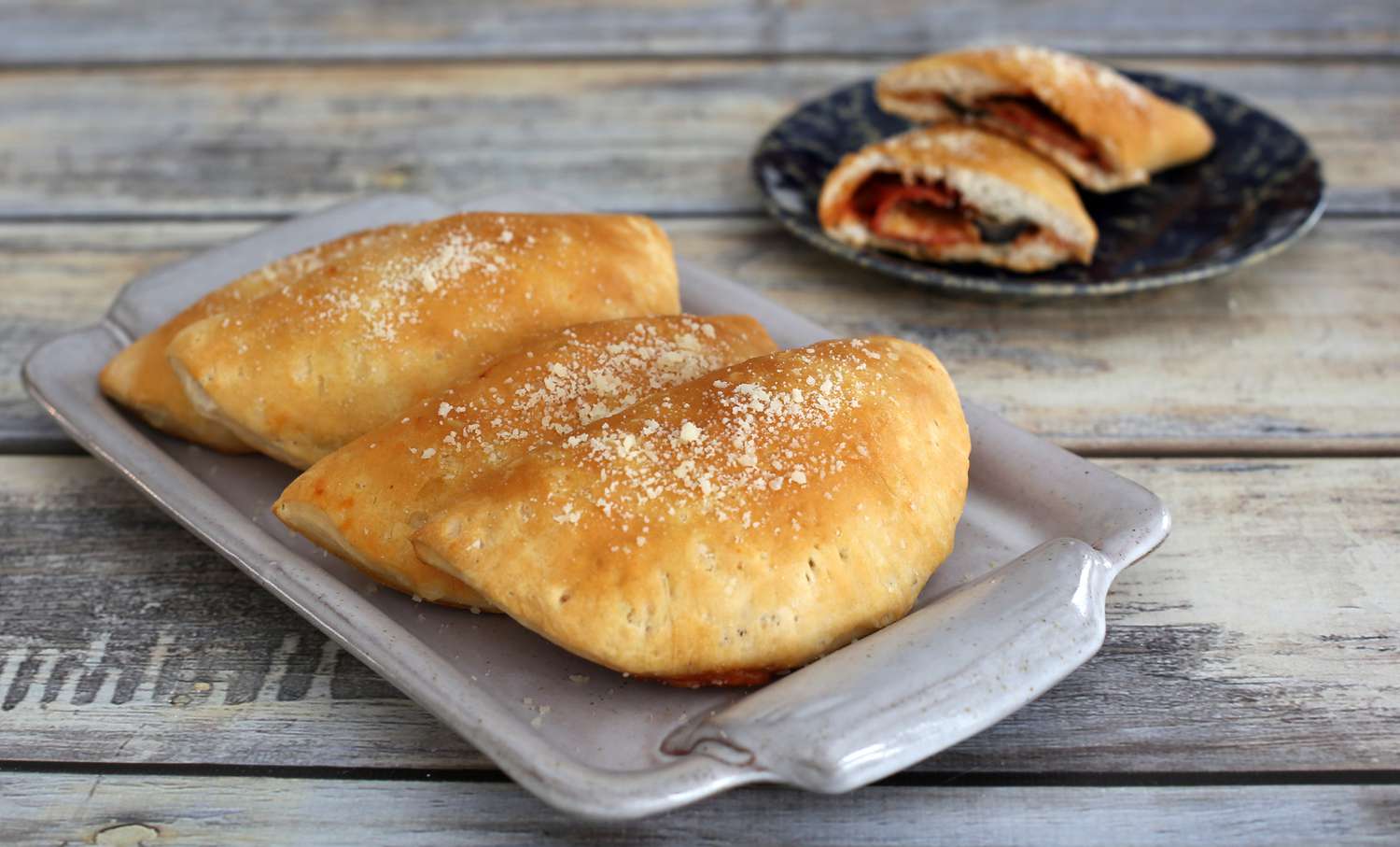Unlocking the Magic of Vintage Cast Iron Molds in Baking
There’s something truly special about baking with vintage cast iron molds. These timeless pieces have been cherished for generations, and for good reason. Not only do they add a touch of nostalgia to your kitchen, but they also have the ability to create beautifully shaped and perfectly baked treats. If you’re new to the world of vintage cast iron baking, fear not! With a few simple tips and tricks, you’ll be well on your way to creating delicious masterpieces in no time.
Choosing the Right Mold
When it comes to vintage cast iron molds, the options are endless. From intricate cake molds to classic muffin pans, there’s a mold for every baking need. When choosing a mold, it’s important to consider the size and shape of the treats you want to create. Whether you’re baking individual servings of cornbread or a stunning bundt cake, there’s a vintage cast iron mold that’s perfect for the job.
Seasoning Your Mold
One of the key steps in preparing your vintage cast iron mold for baking is seasoning. This process not only helps prevent sticking, but it also adds a layer of flavor to your baked goods. To season your mold, start by preheating your oven to 350°F. Next, apply a thin layer of vegetable oil to the interior of the mold, making sure to coat every nook and cranny. Place the mold upside down on the middle rack of the oven and bake for one hour. Once the hour is up, turn off the oven and let the mold cool completely before removing it. Your mold is now ready to use!
Preparing Your Batter
Whether you’re whipping up a batch of blueberry muffins or a decadent chocolate cake, it’s important to prepare your batter according to the recipe’s instructions. Vintage cast iron molds have a unique way of conducting heat, so it’s crucial to ensure that your batter is the right consistency and temperature for optimal baking results. Be sure to fill the mold only three-quarters full to allow room for the batter to rise during baking.
Baking Tips
When it comes to baking in vintage cast iron molds, there are a few tips to keep in mind to ensure success:
- Monitor the baking time closely, as vintage cast iron molds may conduct heat differently than modern bakeware.
- Place the mold on a sturdy baking sheet to provide stability and ease of handling.
- Allow the baked goods to cool in the mold for a few minutes before carefully removing them to prevent sticking.
Caring for Your Vintage Cast Iron Mold
Proper care and maintenance are essential for preserving the beauty and functionality of your vintage cast iron mold. After each use, be sure to hand wash the mold with mild soap and water, then thoroughly dry it to prevent rusting. Avoid using harsh abrasives or metal utensils that could damage the seasoned surface of the mold. With proper care, your vintage cast iron mold can be passed down for generations to come.
Embracing the Timeless Tradition
Baking in vintage cast iron molds is more than just a culinary experience – it’s a journey back in time. These cherished pieces of kitchen history have the power to elevate your baking endeavors and create lasting memories with each delectable creation. So, the next time you’re in the mood for some old-fashioned baking magic, reach for your vintage cast iron mold and let the tradition unfold.
With a little patience and a touch of creativity, you’ll soon discover the joy of baking in vintage cast iron molds.
Was this page helpful?
Read Next: How To Bake Jamaican Beef Patties
